Family life
1. Aquatic rice cultivation
Aquatic rice growing takes place in the plains, in valleys, or in terraced fields. In these areas, two or three rice crops are produced annually. Seedlings are transplanted into fields except in the Dong Thap Muoi Plains where the rice is sown directly into the field. Between harvests, other food plants are cultivated. Many tasks are traditionally undertaken by women such as transplanting and maintenance of the field, they also participate in the harvesting and even in plowing, which is normally a man’s job. Now the work is made easier with modern techniques.

3. Fishing and foraging
In some regions fishing and foraging make an important contribution to the daily diet. A variety of hoop nets, fishing rods, cast nets, landing nets and baskets are used for fishing. Hoop nets are used in aquatic rice fields and shallow rivers. Passive trap nets with bait are used along with ‘active’ nets which are used exclusively by women for catching crabs and small fish. Foraging is undertaken by women year-round. The most abundant wild foods are wild vegetables, bamboo and rattan shoots, fruit, mushrooms, honey, and medicinal plant.
4. The meal
Preparing meals every day consumes a lot of time in a woman’s day. Women obtain the basic ingredients from fishing, foraging, agriculture, or purchasing at the market. Hulling and winnowing rice and the storing and preservation of the food are always woman’s work. Women know the seasons for vegetables, fruit, and animals. From a very young age, a girl learns from her mother how to cook. She learns very quickly how to cook rice, pickled vegetables, and make alcohol. Each population has its own method of food preservation such as sun-dried, smoked in the fire, salted, pickled, or preserved in fat.

Weaving is a long-standing tradition for many of Vietnam’s ethnic populations. Men make spinning wheels and weaving looms. Women cultivate cotton, weave cloth, and sew clothes for the entire family. At a very young age, girls are taught to sew by the women of the family. Before the wedding, women make their bridal clothes and presents for the groom’s family such as fabrics, blankets, pillows, and clothing. In many groups, a woman’s skill and experience are judged by the amount and quality of her textiles. Nowadays, the sewing machines are widely used.

Churu women in Lam Dong and Cham women in Binh Thuan still craft terra-cotta objects using traditional techniques. Clay is dried, ground, then mixed carefully with water and kneaded. Cylinders of clay are prepared and then coiled into the final shape. The tools are simple: a beater, bamboo circles to refine the object, wet cloth for smoothing the clay, and a fruit seed or pebble for polishing. The Cham use shells for making decorative patterns. The objects are left to dry and bake outside. The pottery objects are placed inside on a wooden board on top of each other, from big to small. They are covered with wood and straw and fired for a few hours. The products include pots, kettles, jars, vases, and stoves for either family use or sale.

Small business on a full time or casual basis has long existed among certain populations such as the Viet, the Hoa, and the Cham. Agricultural and craft products, utensils, food, and drinks are sold at home, in a market, or on the roadside. Countryside markets are often periodical, but in the city markets are daily occurrences. Most salespersons in markets are women. The development of small businesses even in remote regions is attracting women, who utilize bicycles, motorbikes, small trucks, and mobile phones as business tools.

8. Raising children
In the traditional family, the work division between the mother and the father is quite specific. The woman fulfills household tasks and the children’s education, while the husband provides economic support for the family. The mother teaches her children the essential things through lullabies, legends, stories, and educational toys, which familiarize the child with daily chores. If the child is a girl, she follows her mother in all her activities to learn her future role as a wife.
In the northern mountains, children wear caps to protect them from the cold. The caps are beautifully decorated and often adorned with amulets to protect the child against evil spirits. Even in our modern society, parents still play an important role in the education of their children.



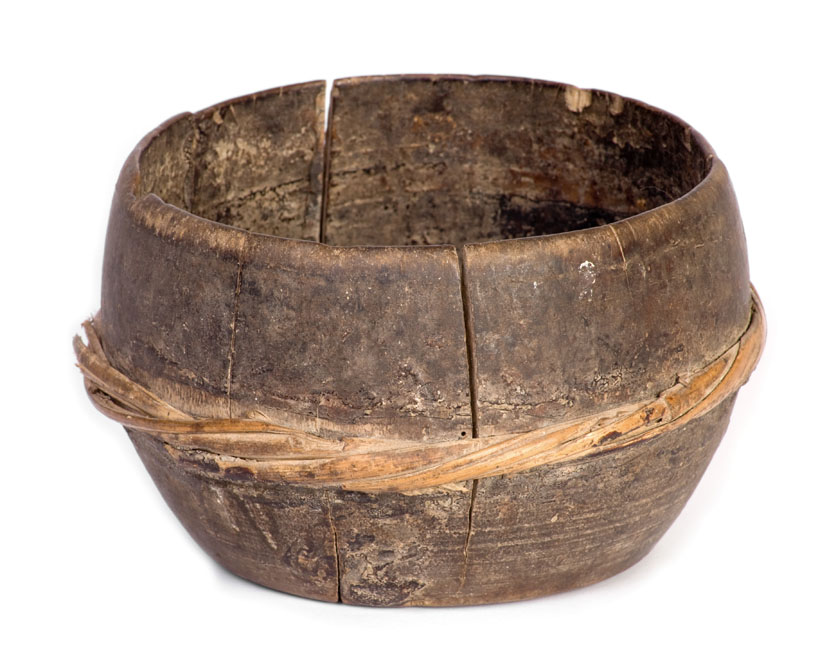

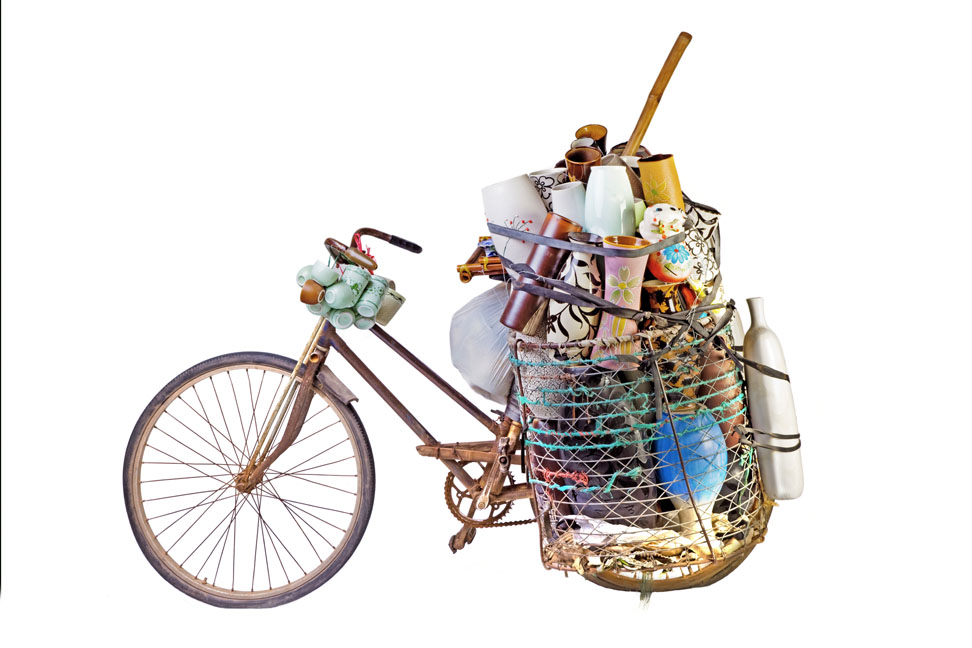
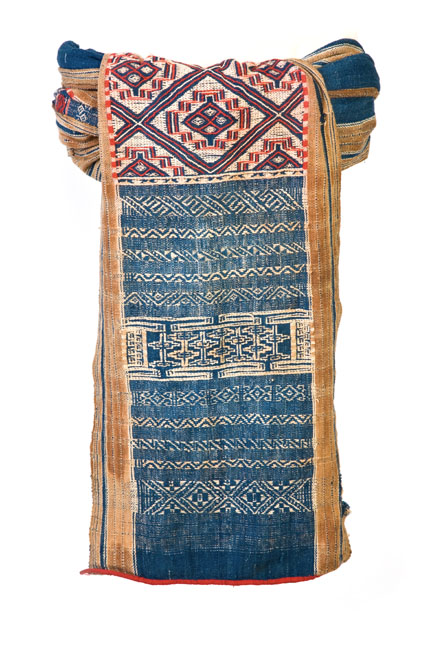
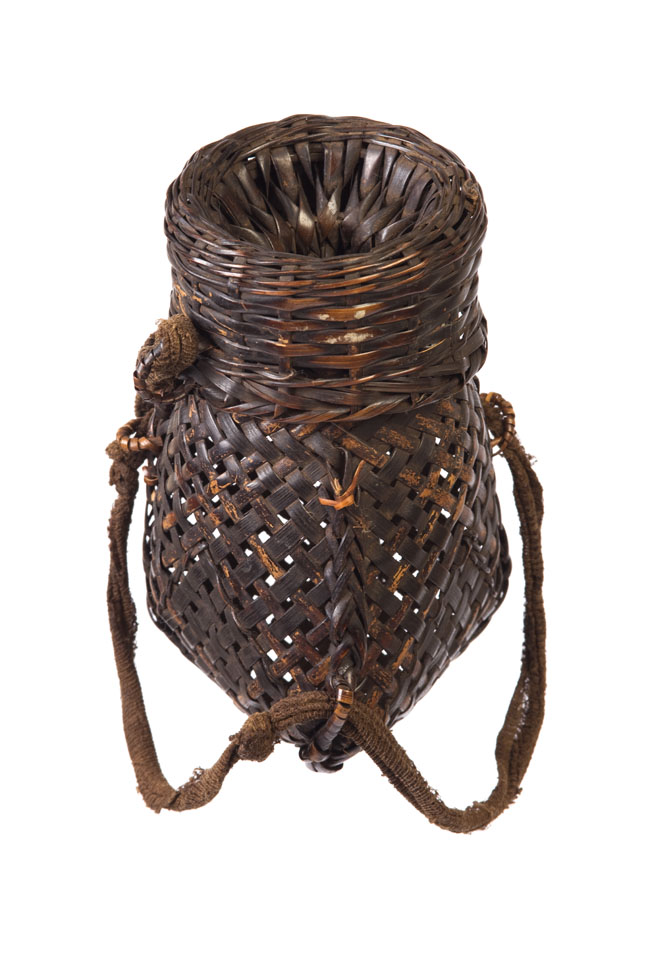

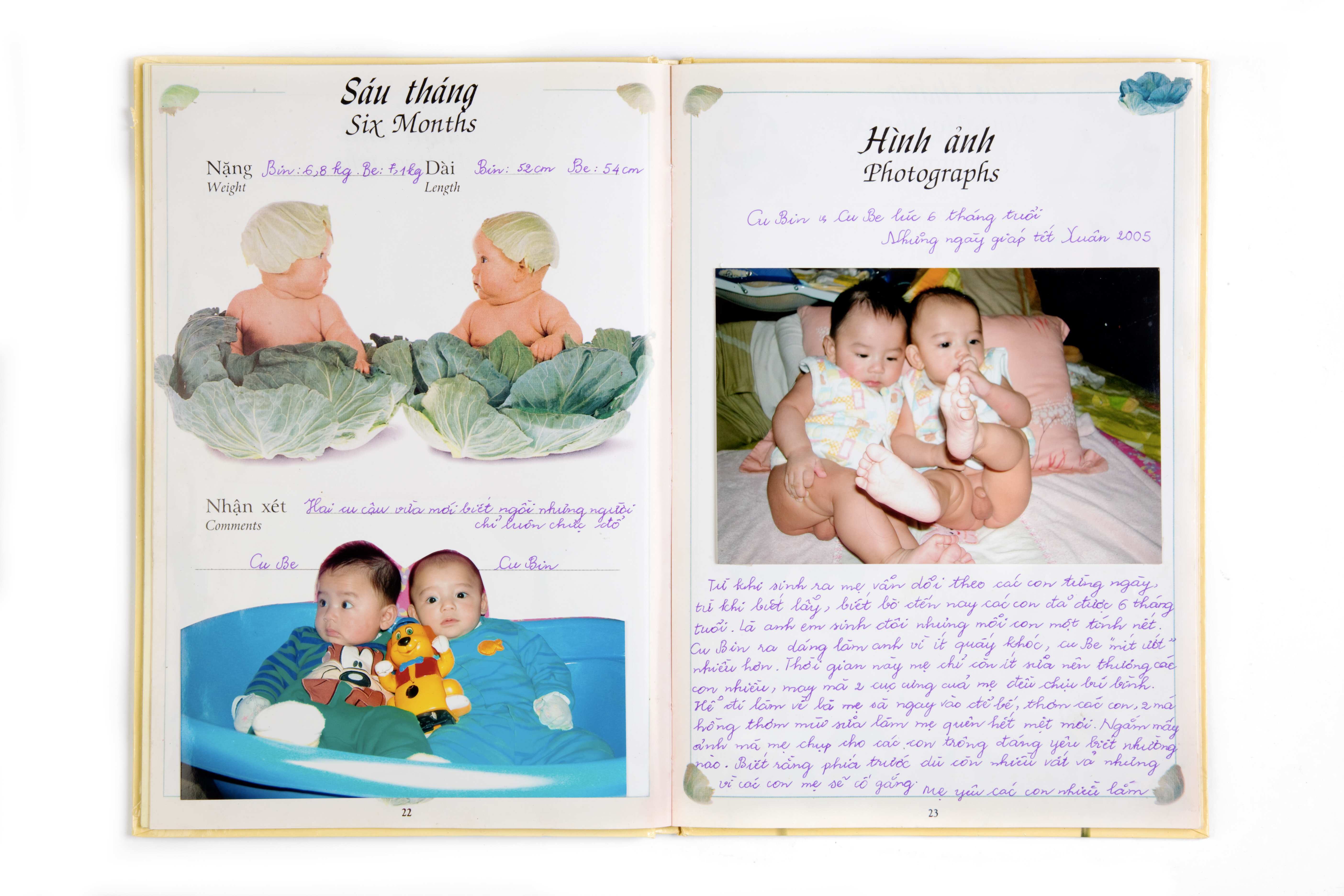

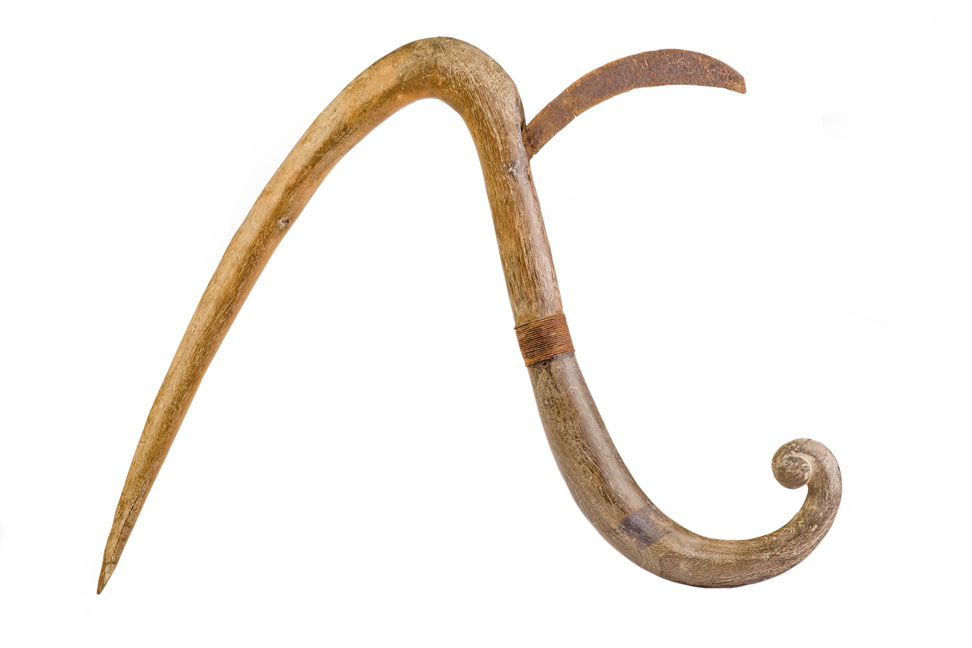
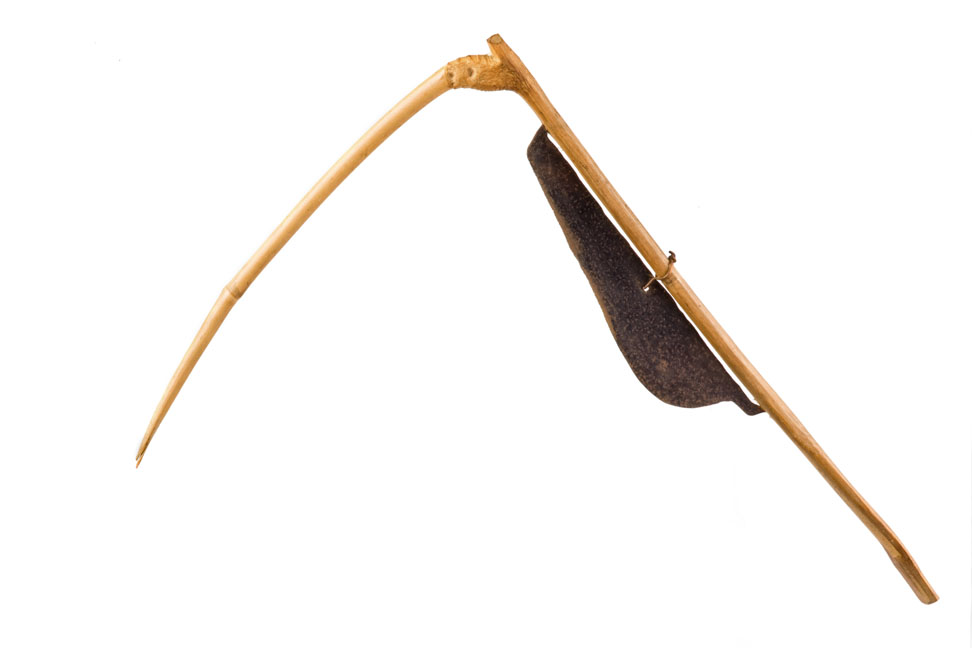
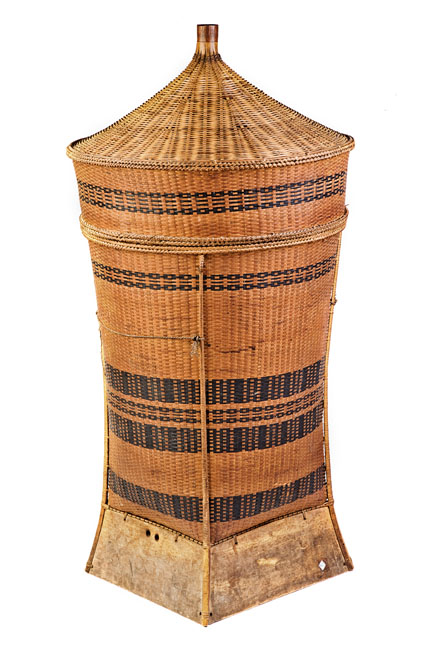







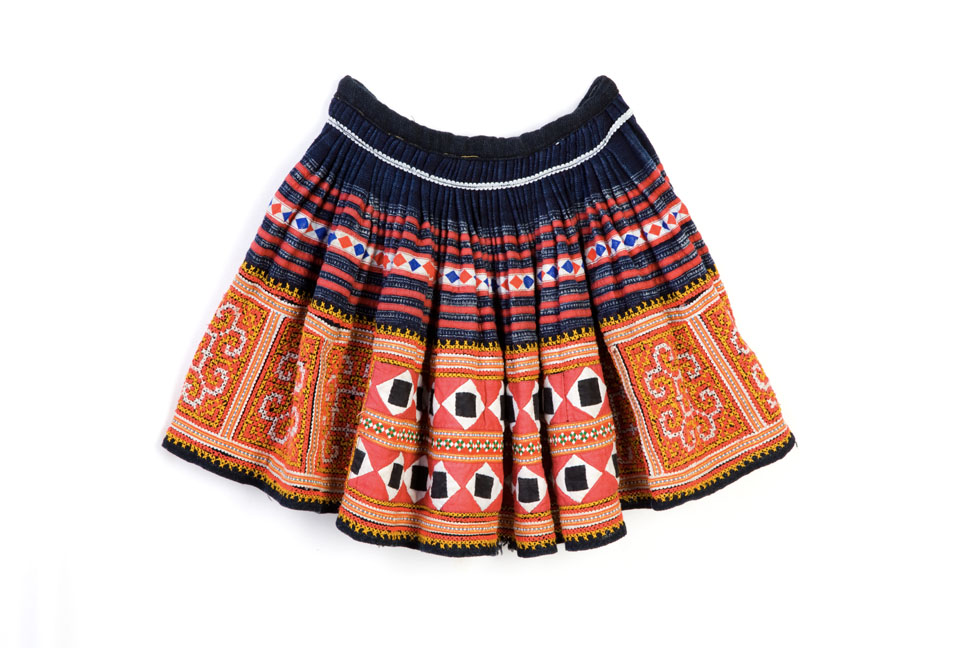
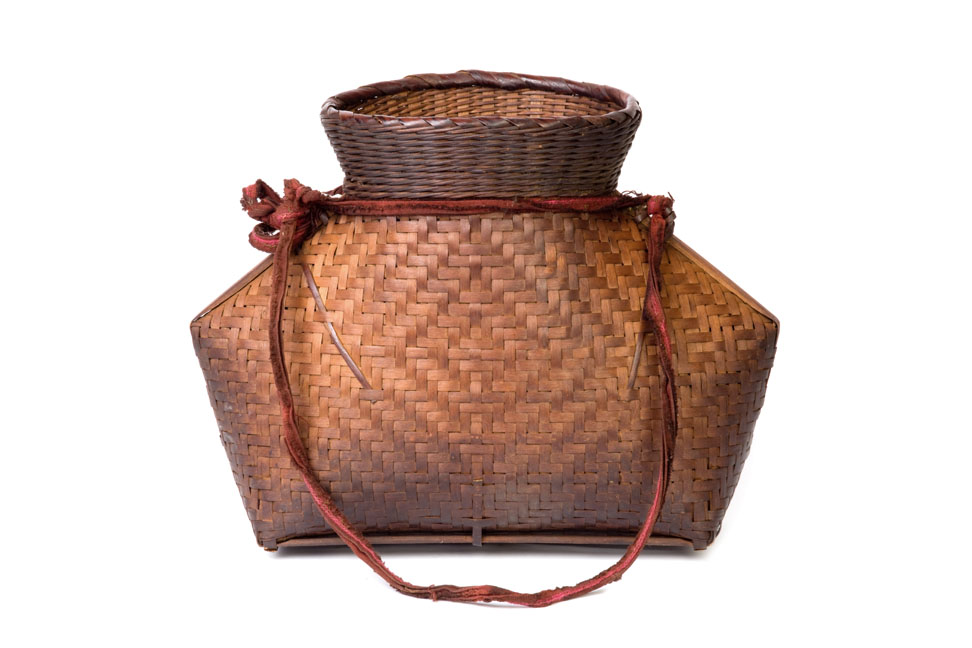
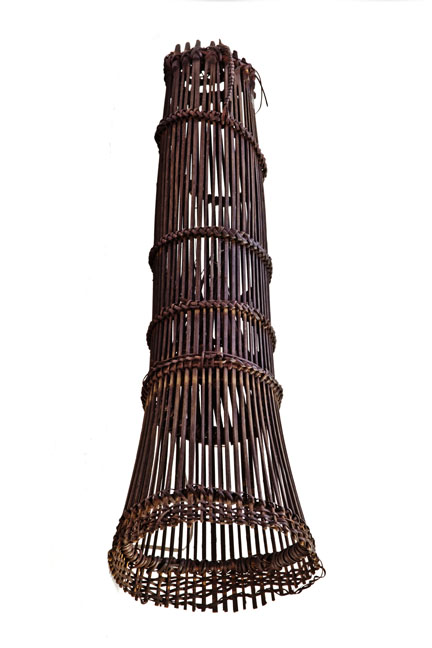

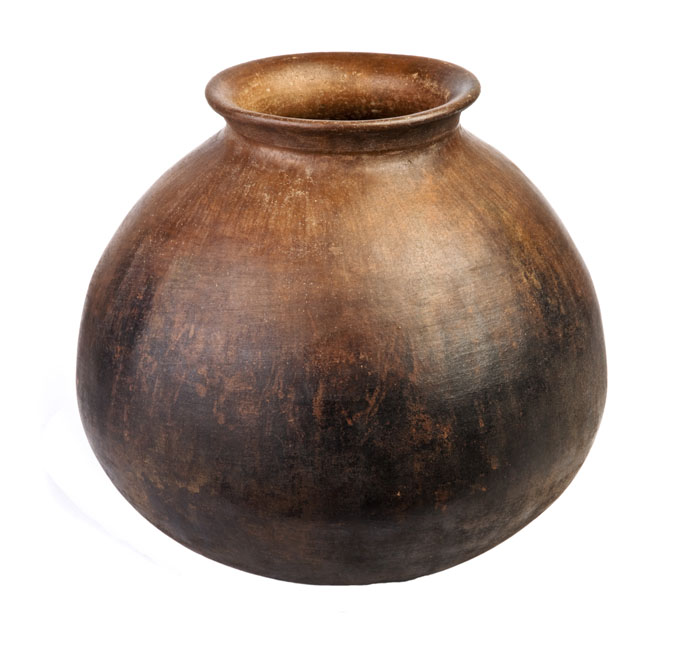
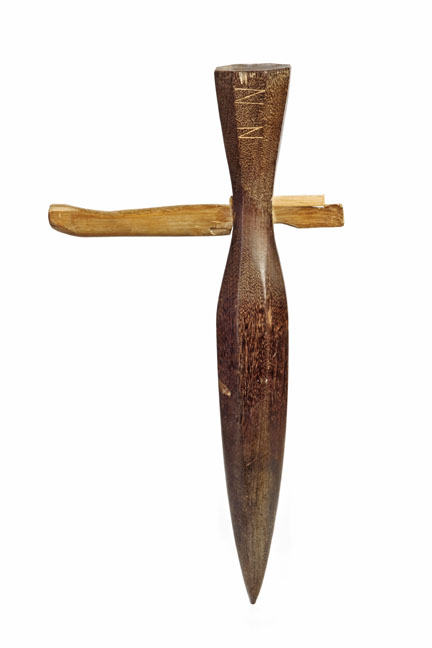
Leave a Reply